Home>Garden Essentials>What Is The Best Ground Cover For Northern Florida
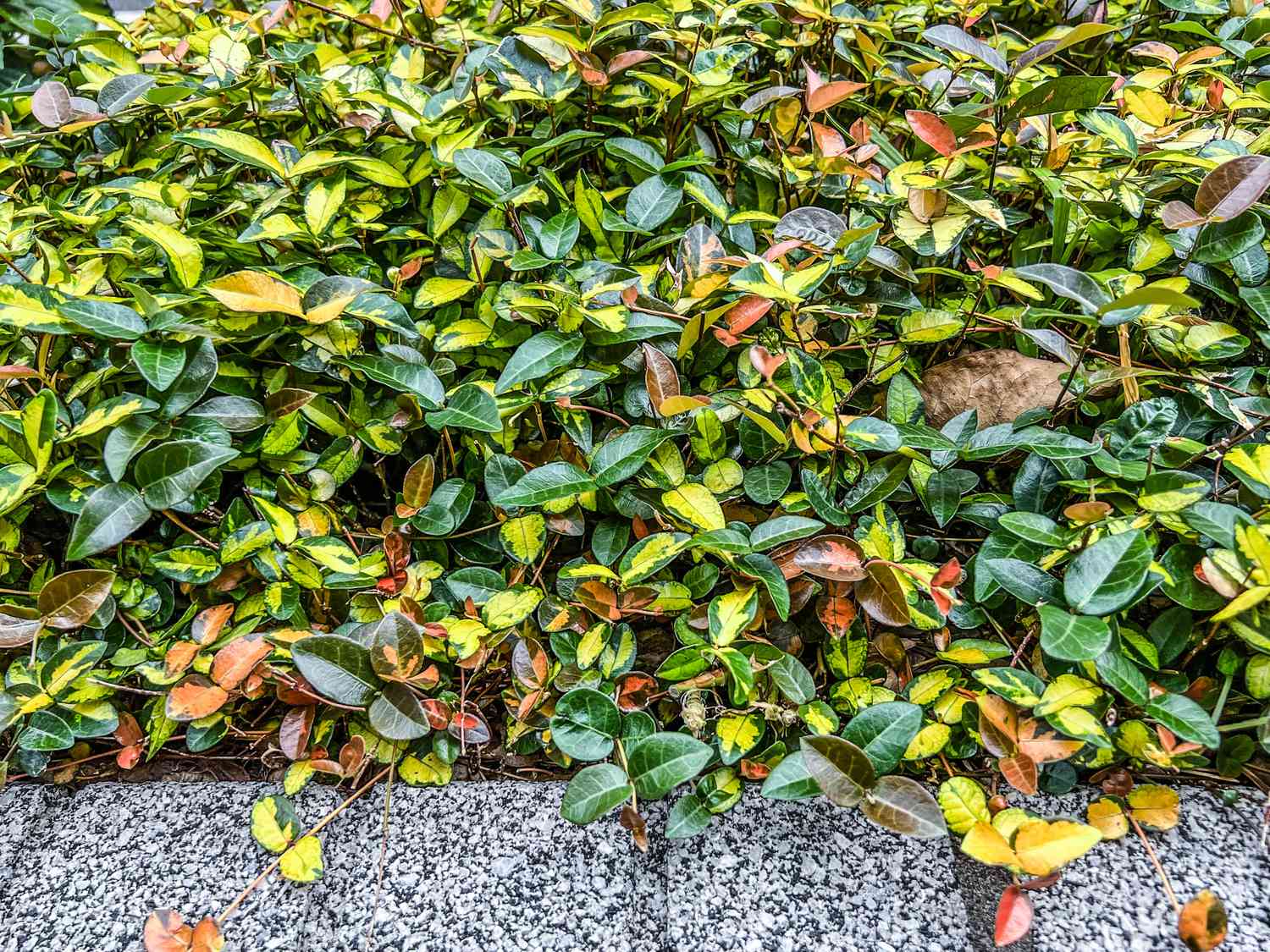

Garden Essentials
What Is The Best Ground Cover For Northern Florida
Modified: October 21, 2024
Looking for the best ground cover for your garden in northern Florida? Discover expert recommendations and transform your outdoor space with ease.
(Many of the links in this article redirect to a specific reviewed product. Your purchase of these products through affiliate links helps to generate commission for Storables.com, at no extra cost. Learn more)
Introduction
Gardening in Northern Florida comes with its own unique set of challenges. The region is known for its hot and humid climate, as well as its sandy and nutrient-poor soil. One of the key elements in maintaining a beautiful and thriving garden in this region is selecting the right ground cover.
Ground cover serves several important functions in a garden. It helps to prevent soil erosion, suppresses weed growth, conserves moisture, and adds visual appeal to the landscape. Choosing the right type of ground cover for Northern Florida requires careful consideration of various factors, such as climate, soil type, and maintenance requirements.
In this article, we will explore the different factors to consider when selecting ground cover for Northern Florida and highlight some of the best native options available. Whether you’re looking for a low-maintenance option or one that can withstand the region’s harsh conditions, we have you covered!
Key Takeaways:
- Choose native ground covers like Florida Betony and Beach Sunflower for a thriving garden in Northern Florida. These plants are drought-tolerant, low-maintenance, and add beauty to your landscape while supporting local biodiversity.
- Consider St. Augustine grass for a lush and vibrant ground cover, or opt for low-maintenance options like Bahia grass and Carpetgrass. Each grass has unique features that can enhance your garden while withstanding the challenges of Northern Florida’s climate and soil conditions.
Read more: What Is The Best Ground Cover For NC
Factors to Consider for Ground Cover in Northern Florida
When it comes to choosing ground cover for Northern Florida, there are several factors that should be taken into consideration to ensure success. Let’s take a closer look at these factors:
- Climate: Northern Florida experiences hot and humid summers, as well as mild winters. It is important to choose ground cover that can withstand these extreme weather conditions.
- Soil Type: The soil in Northern Florida is often sandy and low in nutrients. Look for ground cover options that can thrive in these poor soil conditions.
- Maintenance Requirements: Consider the level of maintenance you are willing to commit to. Some ground covers require regular mowing, watering, and fertilizing, while others are more low-maintenance.
- Growth Habits: Different ground covers have different growth habits, such as spreading or clumping. Consider the growth habit that best suits your garden and landscape design.
- Drought Tolerance: The ability of the ground cover to withstand periods of drought is crucial in Northern Florida, where water restrictions may be in place during dry seasons.
- Shade or Sun: Take into account the amount of sunlight the area receives. Some ground covers thrive in full sun, while others prefer shady conditions.
- Resilience to Pests and Diseases: Certain ground covers may be more susceptible to common pests and diseases in the region. Choose options that are less prone to such issues.
By considering these factors, you can make an informed decision when selecting ground cover for your Northern Florida garden. Now, let’s explore some of the best native options that are well-suited to this region’s conditions.
Native Ground Cover Options
Native ground cover plants are ideal for gardening in Northern Florida. They are well-adapted to the local climate and soil conditions, making them more resilient and easier to maintain. Here are some excellent native ground cover options to consider:
- Florida Betony (Stachys floridana): This beautiful ground cover plant features attractive pink flowers and glossy leaves. It is drought-tolerant and thrives in full sun or partial shade. Florida Betony is also known for its ability to suppress weeds, making it a popular choice for many gardeners.
- Beach Sunflower (Helianthus debilis): Well-suited to the sandy soil of Northern Florida, Beach Sunflower is an excellent choice for ground cover. It produces cheerful yellow flowers that bloom throughout the year, attracting pollinators to your garden. This plant is drought-tolerant and thrives in full sun.
- Coontie (Zamia integrifolia): Coontie is a low-growing cycad that adds a unique and tropical touch to your garden. It has attractive, fern-like foliage and produces small cone-like structures. This native ground cover is drought-tolerant and grows well in both sun and shade.
- Coral Bean (Erythrina herbacea): If you’re looking to add a pop of color to your garden, Coral Bean is an excellent choice. This native ground cover produces stunning red tubular flowers that are sure to make a statement. It is heat-tolerant, thrives in full sun, and attracts hummingbirds and butterflies.
- Blue-eyed Grass (Sisyrinchium angustifolium): With its delicate blue flowers, Blue-eyed Grass is a charming addition to any garden. This native perennial ground cover is drought-tolerant and thrives in both sun and partial shade. It is also deer-resistant, making it a great option for gardens prone to browsing wildlife.
These native ground cover options not only add beauty and visual interest to your garden, but they also contribute to the overall health and biodiversity of the local ecosystem. Consider incorporating these plants into your landscape design to create a thriving and sustainable garden in Northern Florida.
St. Augustine Grass
St. Augustine grass (Stenotaphrum secundatum) is a popular choice for ground cover in Northern Florida. It is a warm-season grass that is well-suited to the region’s climate and soil conditions. Here are some key features and considerations of St. Augustine grass:
- Climate and Soil: St. Augustine grass thrives in the hot and humid climate of Northern Florida. It prefers well-draining soils but can tolerate a range of soil types, including sandy and clay soils. It is also moderately tolerant to salt spray, making it suitable for coastal areas.
- Appearance: This grass has a lush and dense appearance, which makes it visually appealing as ground cover. It has broad, flat grass blades with a dark green color, creating a vibrant and inviting landscape.
- Maintenance: St. Augustine grass requires regular mowing, watering, and fertilizing to maintain its healthy and vibrant appearance. It is a relatively high-maintenance grass compared to some other options, but the results are worth the effort.
- Drought and Shade Tolerance: While St. Augustine grass prefers regular watering, it has good drought tolerance once established. It can also handle moderate shade, making it a versatile choice for areas with both sun and shade.
- Establishment: St. Augustine grass is commonly established through sod or plugs. It has a fast growth rate, allowing it to quickly cover bare areas and fill in spaces. However, it is important to note that St. Augustine grass can be invasive and may require some containment measures to prevent it from encroaching on other areas.
Overall, St. Augustine grass is a popular choice for homeowners in Northern Florida who are looking for a lush and vibrant ground cover option. With proper care and maintenance, this grass can create a beautiful and inviting landscape that can withstand the harsh conditions of the region.
Bahia Grass
Bahia grass (Paspalum notatum) is another excellent ground cover option for Northern Florida. It is a warm-season grass that is well-adapted to the region’s climate and soil conditions. Here are some key features and considerations of Bahia grass:
- Climate and Soil: Bahia grass thrives in the hot and humid climate of Northern Florida. It is well-suited to the region’s sandy and nutrient-poor soils. It has good drought tolerance and can withstand periods of dry weather.
- Appearance: Bahia grass has a coarse texture and a lighter green color compared to other grasses. It forms a dense turf and spreads quickly, providing good ground cover and weed suppression. Although it may not have the same lush appearance as some other grasses, it is valued for its durability and ability to withstand heavy foot traffic.
- Maintenance: Bahia grass is relatively low-maintenance compared to some other grasses. It requires infrequent mowing, as it has a slower growth rate. It is also less demanding in terms of water and fertilizer requirements. However, regular nitrogen applications can help improve its overall appearance and health.
- Drought Tolerance and Resilience: Bahia grass has good drought tolerance once established. It develops deep root systems, allowing it to access moisture from deeper soil layers. It is also resilient to pests and diseases common in the region, making it a reliable choice for homeowners.
- Establishment: Bahia grass can be established through seeds or sod. However, it is important to note that establishing Bahia grass from seeds requires good soil preparation and proper care during the germination process.
Bahia grass is an excellent choice for those seeking a low-maintenance and resilient ground cover in Northern Florida. Its ability to withstand drought, resist pests, and thrive in nutrient-poor soil makes it a practical and cost-effective option. Whether you have a large lawn or need to cover a larger area, Bahia grass is a reliable choice that can provide a durable and attractive landscape solution.
Consider using ground covers such as Asiatic jasmine, liriope, or mondo grass for Northern Florida. These plants are low-maintenance, drought-tolerant, and can thrive in the region’s climate and soil conditions.
Read more: What Is The Best Flowering Ground Cover
Zoysia Grass
Zoysia grass (Zoysia spp.) is a warm-season grass that is well-suited to the climate and soil conditions of Northern Florida. It is known for its dense growth habit and ability to form a lush and attractive ground cover. Here are some key features and considerations of Zoysia grass:
- Climate and Soil: Zoysia grass thrives in the hot and humid climate of Northern Florida. It performs well in a variety of soil types, including sandy and clay soils. It has good salt tolerance, making it suitable for coastal areas.
- Appearance: Zoysia grass has fine-textured blades and a dense growth pattern. It forms a thick turf that is soft to the touch and visually appealing. It has a medium to dark green color, providing a lush and vibrant ground cover.
- Maintenance: Zoysia grass requires less maintenance compared to some other grasses. It has a slow to moderate growth rate, which means less frequent mowing. It also has good weed resistance, reducing the need for herbicide applications. Although it requires regular watering to maintain its health and appearance, it has good drought tolerance once established.
- Shade Tolerance: Zoysia grass has moderate shade tolerance and can thrive in areas with partial shade. However, it still prefers full sun conditions for optimal growth and performance.
- Resilience and Durability: Zoysia grass is known for its resilience and ability to handle heavy foot traffic. It can quickly recover from damage, making it an ideal choice for areas where children or pets frequently play.
Zoysia grass is a popular choice for homeowners in Northern Florida who are looking for a lush and low-maintenance ground cover. Its dense growth habit, attractive appearance, and ability to tolerate a variety of soil conditions make it a reliable option. If you’re seeking a grass that can withstand the region’s climate and provide a beautiful landscape, Zoysia grass is definitely worth considering.
Centipede Grass
Centipede grass (Eremochloa ophiuroides) is a warm-season grass that is well-suited to the climate and soil conditions of Northern Florida. It is known for its low-maintenance nature and ability to form a dense and attractive ground cover. Here are some key features and considerations of Centipede grass:
- Climate and Soil: Centipede grass thrives in the hot and humid climate of Northern Florida. It grows best in well-drained, acidic soils. It has good tolerance to low fertility and can withstand the nutrient-poor sandy soils common in the region.
- Appearance: Centipede grass has a medium to light green color and fine-textured blades. It forms a dense turf with a low-growing, creeping habit. It creates a visually appealing ground cover that is soft to the touch.
- Maintenance: Centipede grass is known for its low-maintenance requirements. It has a slow growth rate, meaning less frequent mowing is needed. It also has good weed resistance, reducing the need for herbicide applications. Centipede grass requires minimal fertilization compared to other grasses and can tolerate periods of low rainfall.
- Drought Tolerance and Shade Tolerance: While centipede grass prefers regular watering, it has good drought tolerance once established. It can also tolerate partial shade, making it a versatile choice for areas with varying levels of sunlight.
- Resilience and Disease Resistance: Centipede grass is generally resistant to many common diseases and pests. It has good resilience and can recover well from minor damage or stress. However, it is less tolerant of heavy foot traffic compared to some other grasses.
Centipede grass is an excellent option for homeowners in Northern Florida who desire a low-maintenance and visually appealing ground cover. Its ability to withstand the region’s climate and poor soil conditions, combined with its minimal maintenance requirements, make it an attractive choice. If you’re looking for a grass that can provide a dense and lush ground cover with less effort, centipede grass is definitely worth considering.
Carpetgrass
Carpetgrass (Axonopus affinis) is a warm-season grass that is well-suited to the climate and soil conditions of Northern Florida. It is known for its low-maintenance nature and ability to form a dense and durable ground cover. Here are some key features and considerations of Carpetgrass:
- Climate and Soil: Carpetgrass thrives in the hot and humid climate of Northern Florida. It is well-adapted to the region’s sandy and acidic soils. It has good drought tolerance and can withstand periods of low rainfall.
- Appearance: Carpetgrass has a vibrant green color and fine, narrow blades. It forms a dense mat-like turf with creeping growth, providing good ground cover. While it may not have the same lushness as some other grasses, it has a unique carpet-like appearance that adds charm to the landscape.
- Maintenance: Carpetgrass requires minimal maintenance compared to other grasses. It has a slow to moderate growth rate, meaning less frequent mowing is needed. It has good weed resistance, reducing the need for herbicide applications. Additionally, it requires minimal fertilization and has good tolerance to low fertility soils.
- Drought Tolerance and Shade Tolerance: Carpetgrass has good drought tolerance once established. It can also tolerate partial shade, making it a suitable choice for areas with limited sunlight. However, it performs best in areas with full sun exposure.
- Resilience and Durability: Carpetgrass is known for its resilience and ability to handle foot traffic. It recovers well from minor damage or stress and can withstand frequent use, making it ideal for areas where children or pets play.
Carpetgrass is a practical option for homeowners in Northern Florida seeking a low-maintenance and durable ground cover. Its ability to withstand the region’s climate and poor soil conditions, combined with its minimal maintenance requirements, make it an attractive choice. If you’re looking for a grass that can provide a dense and resilient ground cover with ease, carpetgrass is certainly worth considering.
Conclusion
Choosing the right ground cover for your Northern Florida garden is crucial for creating a beautiful and thriving landscape. With the hot and humid climate, as well as the sandy and nutrient-poor soil in the region, it is essential to select ground cover options that are well-adapted to these conditions.
Considering factors such as climate, soil type, maintenance requirements, growth habits, drought tolerance, shade tolerance, and resilience to pests and diseases will help guide you in making the best choice for your specific needs.
Native ground cover options, such as Florida Betony, Beach Sunflower, Coontie, Coral Bean, and Blue-eyed Grass, are excellent choices that not only add beauty to your garden but also contribute to the local ecosystem’s biodiversity.
Read more: What Is The Best Ground Cover For A Hillside
Grasses:
Grasses like St. Augustine grass are known for their lush and dense appearance, while Bahia grass is valued for its durability and low maintenance requirements. Zoysia grass is another popular choice, known for its ability to form a dense and attractive ground cover. Centipede grass offers low maintenance, and Carpetgrass is renowned for its resilience and durability against foot traffic.
Ultimately, the best ground cover option for your Northern Florida garden will depend on your specific preferences and requirements. Consider factors such as appearance, maintenance, tolerance to drought and shade, and overall resilience.
By choosing the right ground cover, you can create a vibrant and sustainable landscape that enhances the beauty of your outdoor space while withstanding the challenges of Northern Florida’s climate and soil conditions.
Remember to consult local gardening resources and professionals for personalized advice and guidance tailored to your specific garden needs. With proper care and attention, your chosen ground cover will transform your garden into a thriving and visually appealing oasis.
Frequently Asked Questions about What Is The Best Ground Cover For Northern Florida
Was this page helpful?
At Storables.com, we guarantee accurate and reliable information. Our content, validated by Expert Board Contributors, is crafted following stringent Editorial Policies. We're committed to providing you with well-researched, expert-backed insights for all your informational needs.
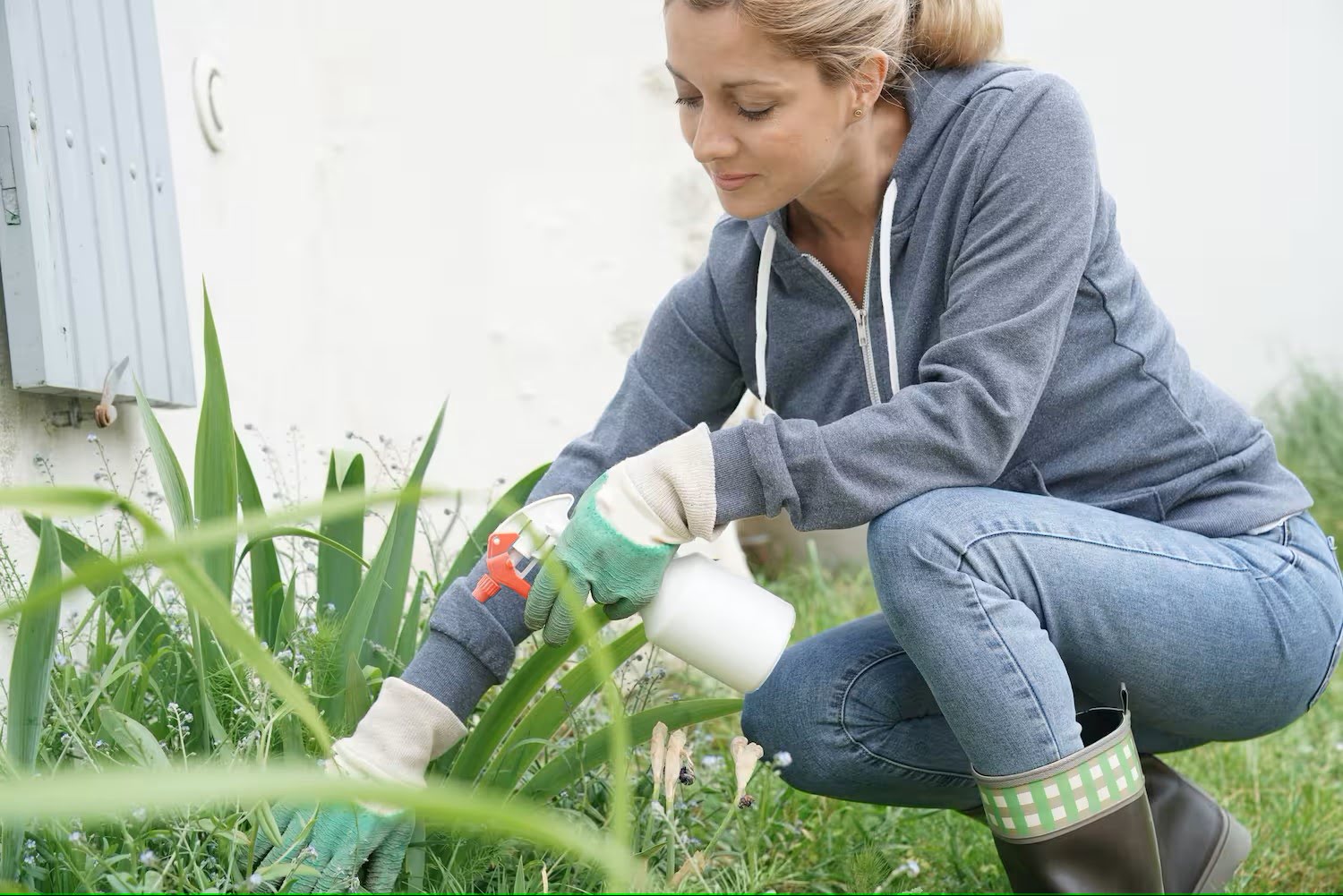
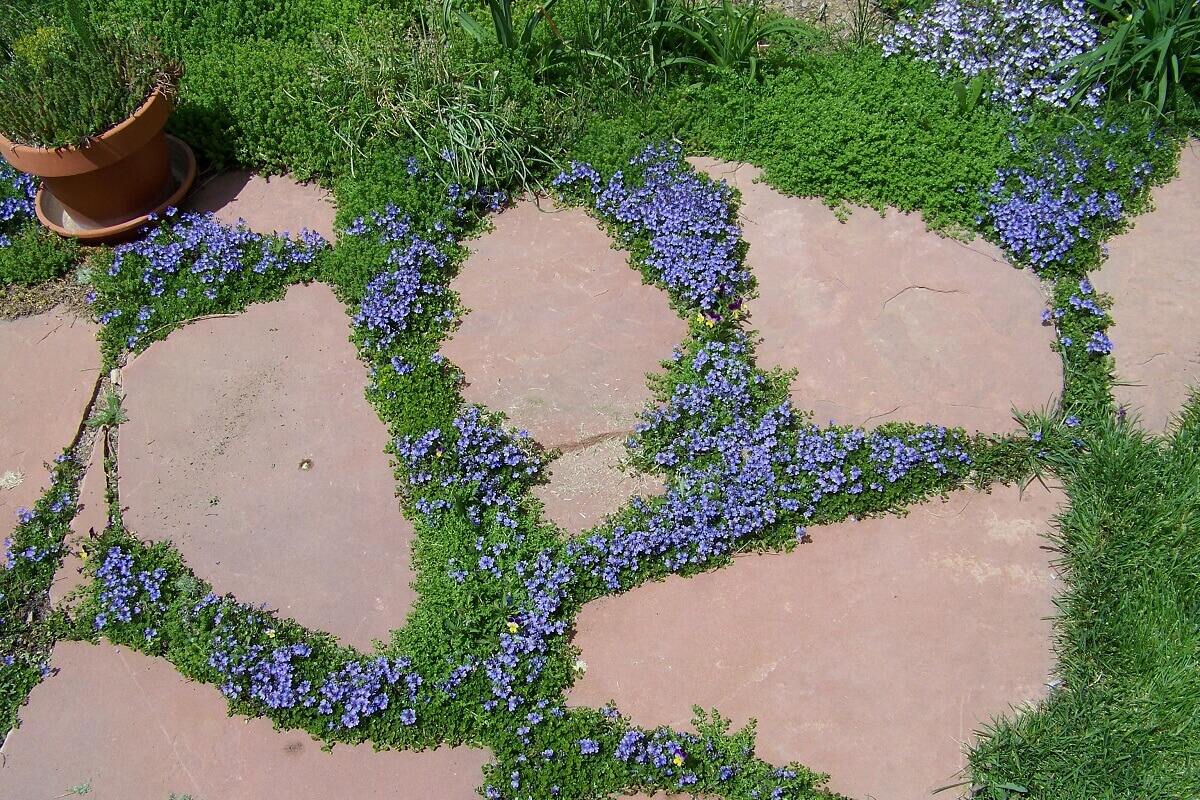
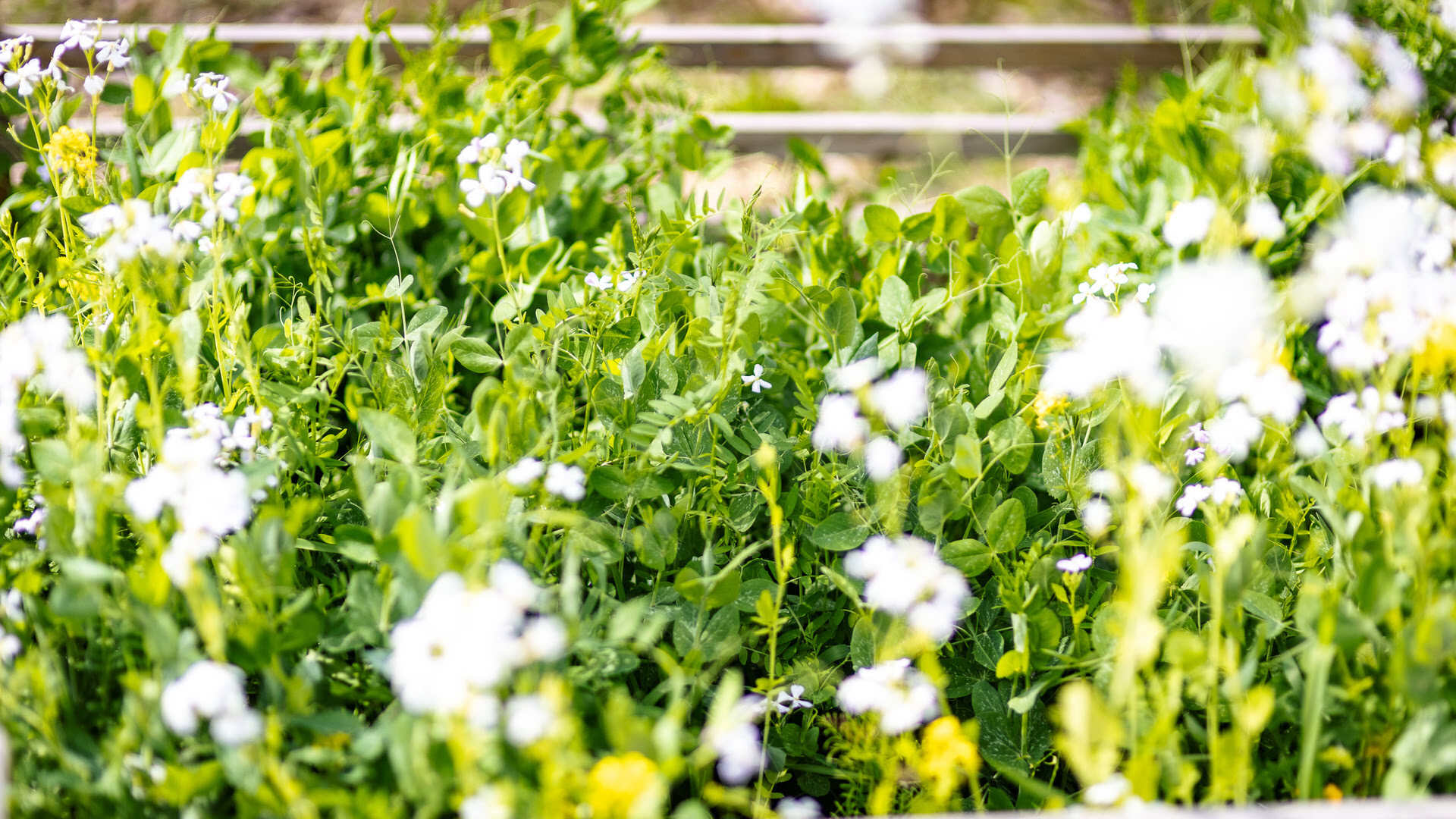
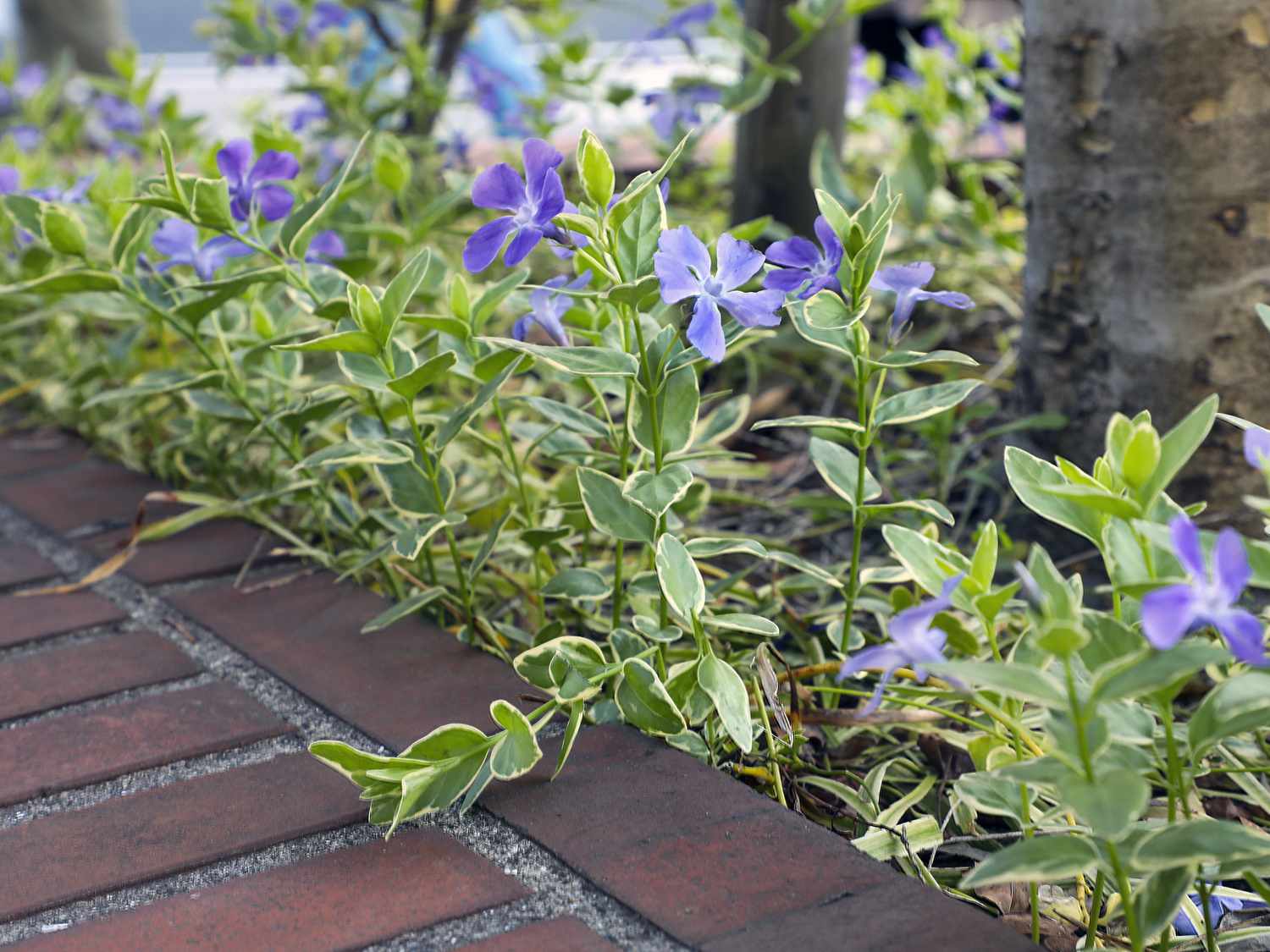
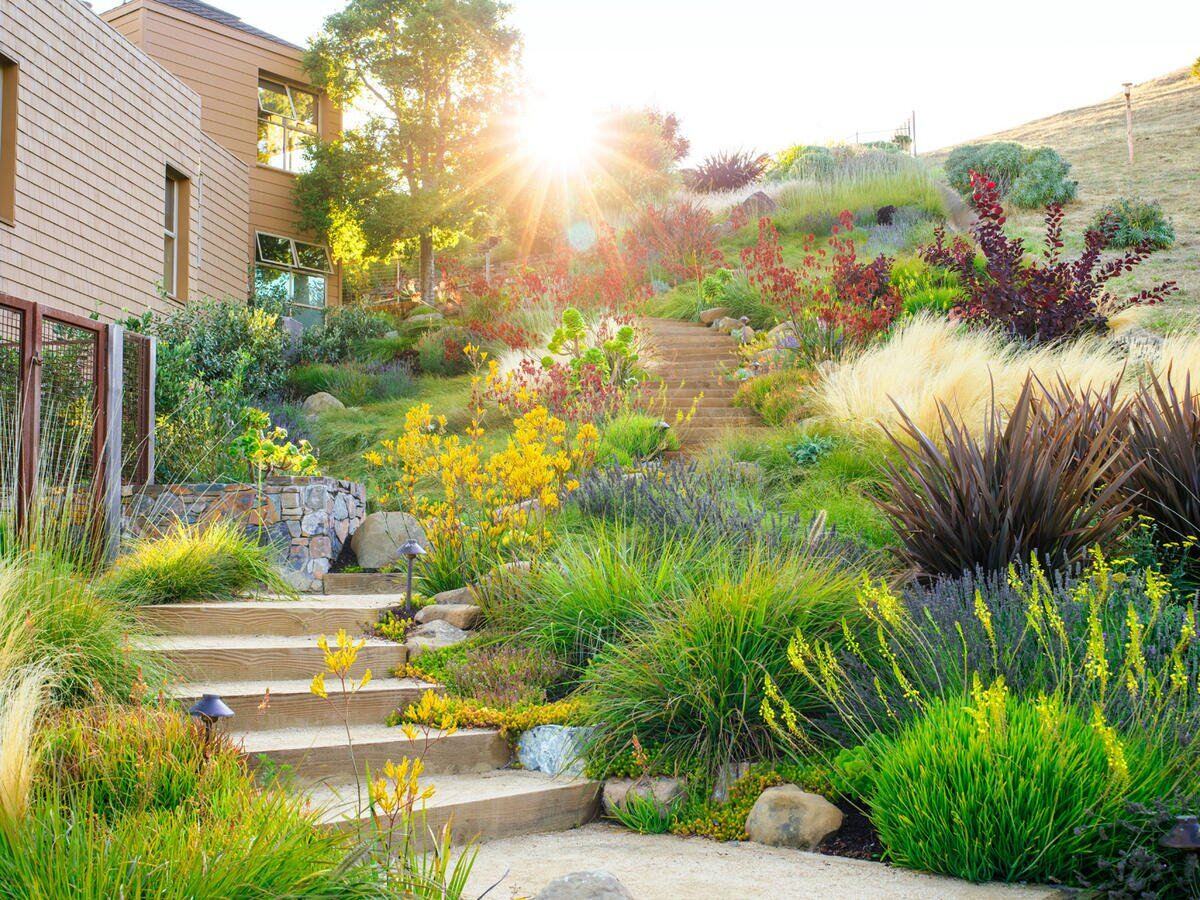
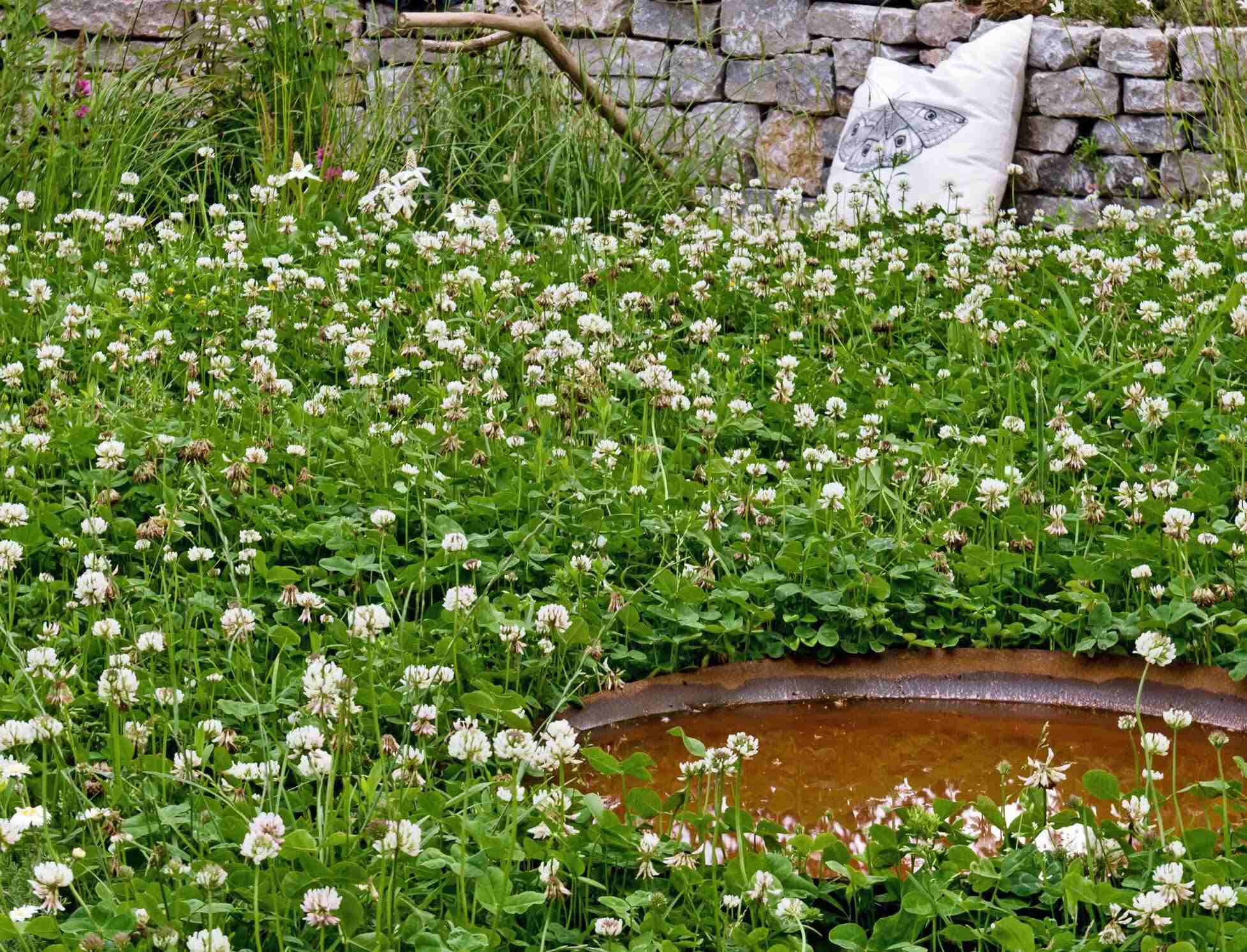

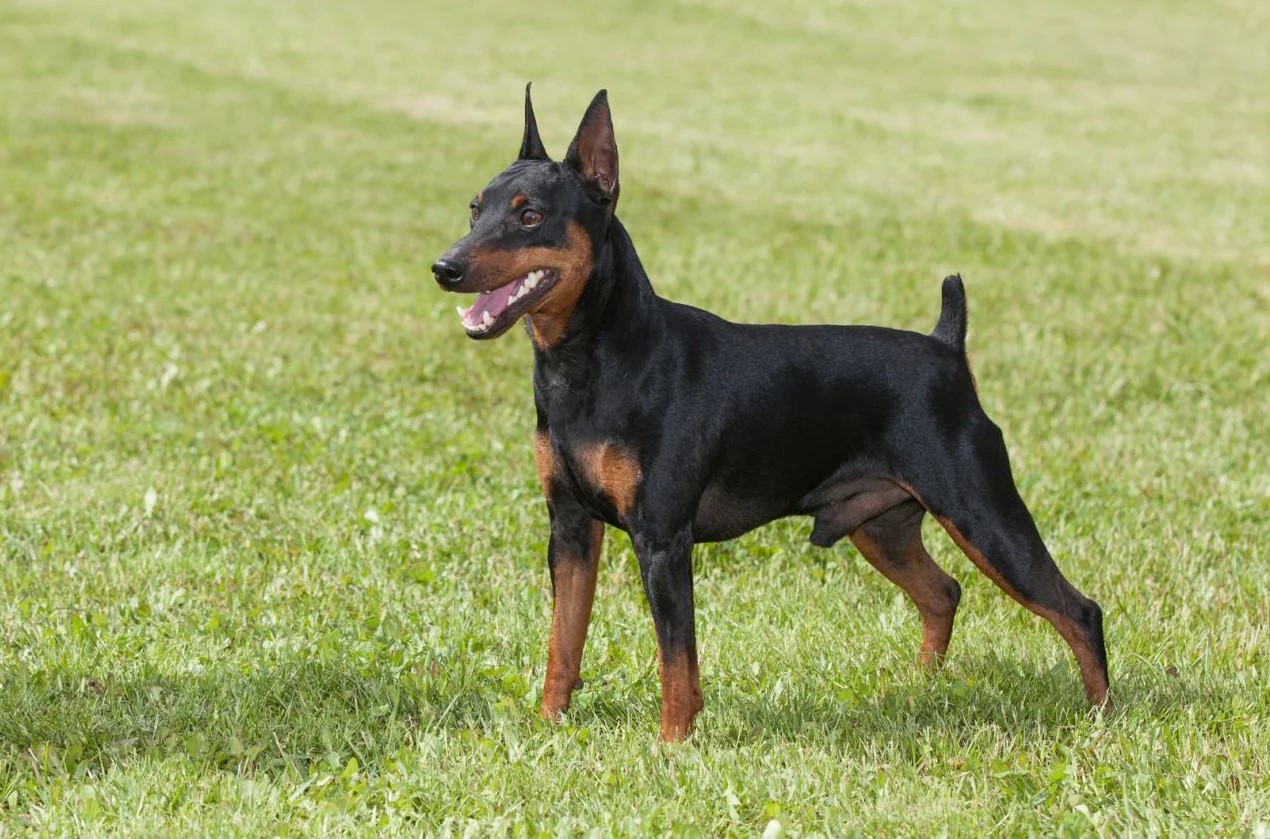
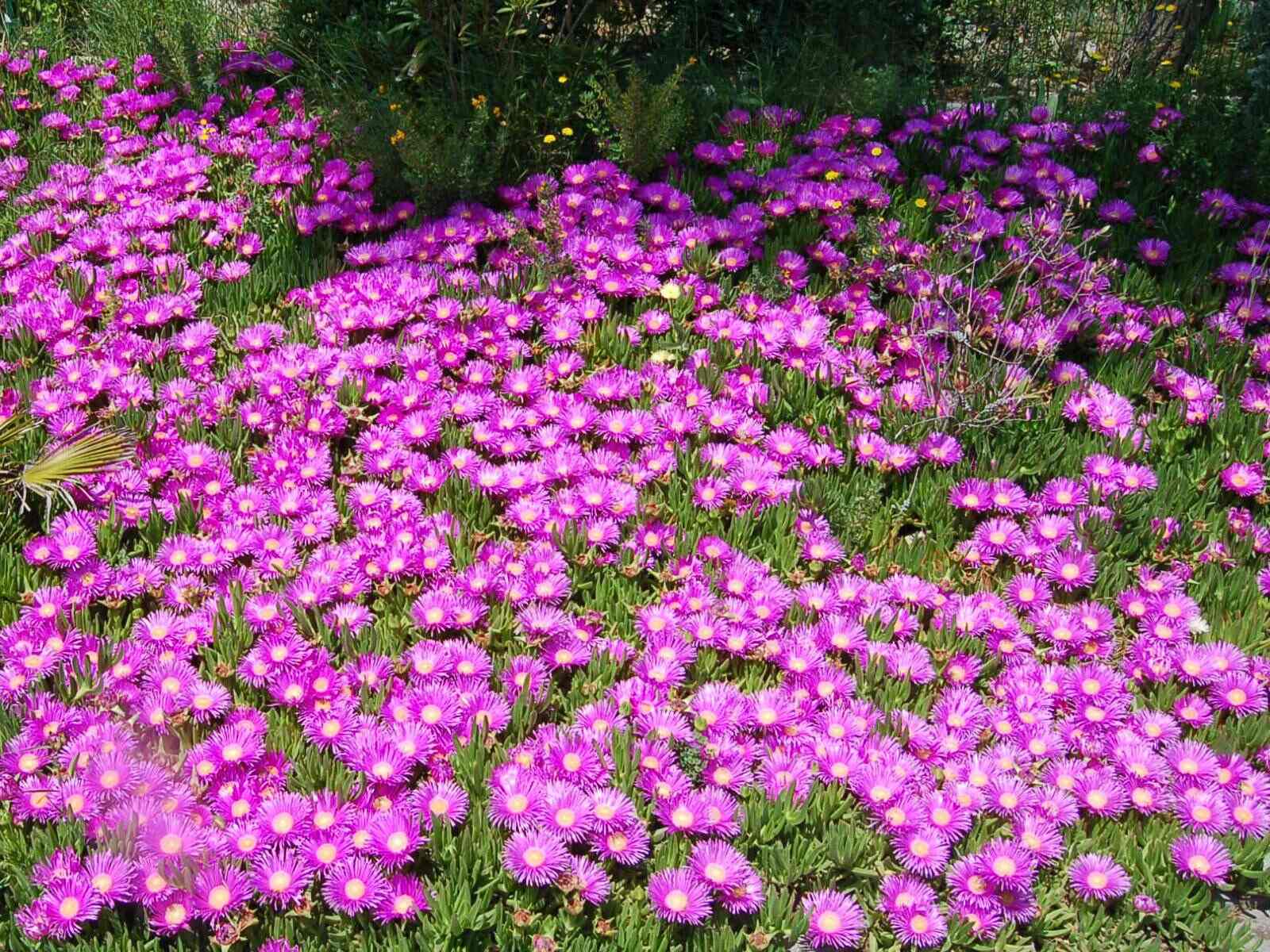
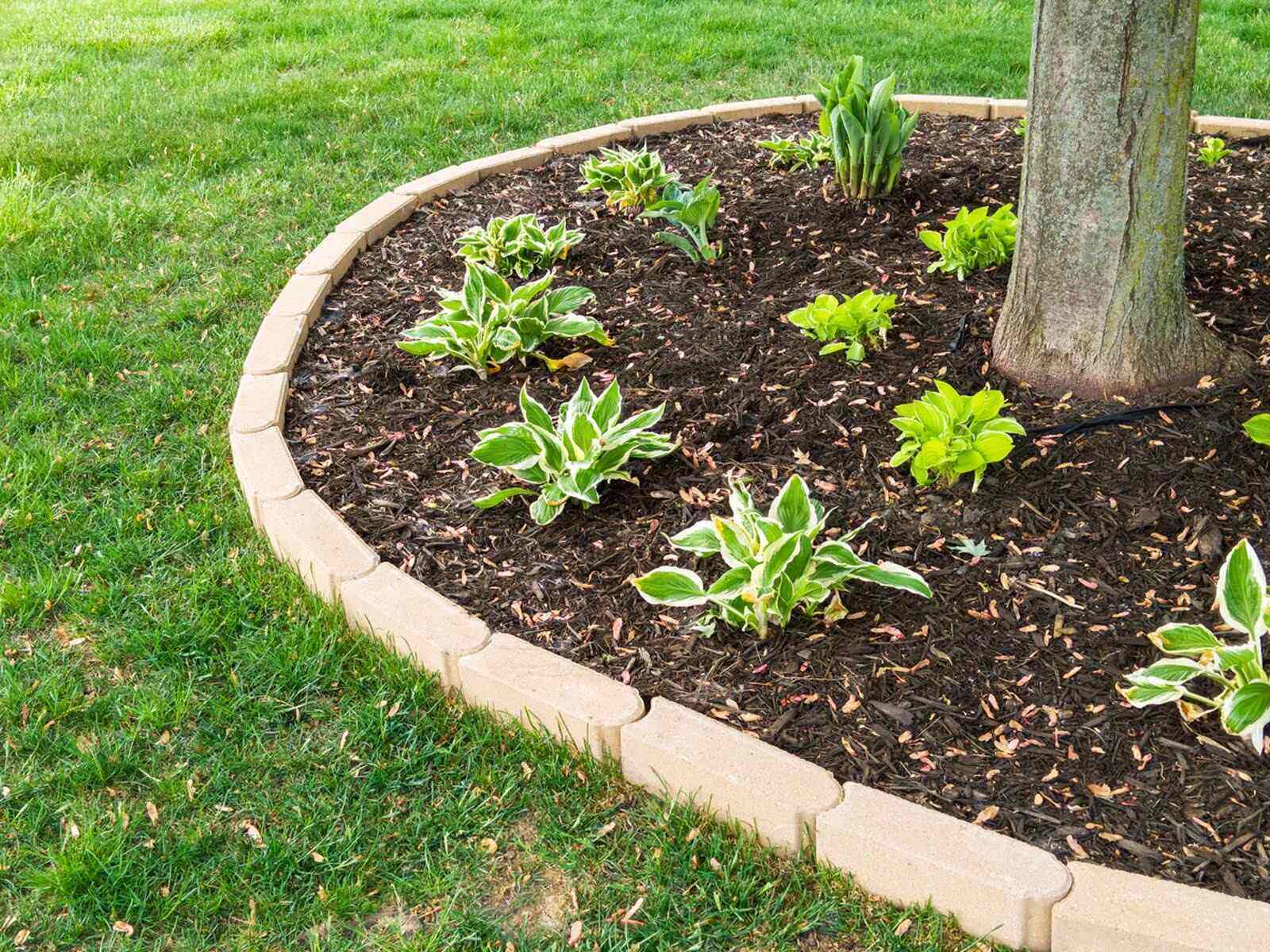
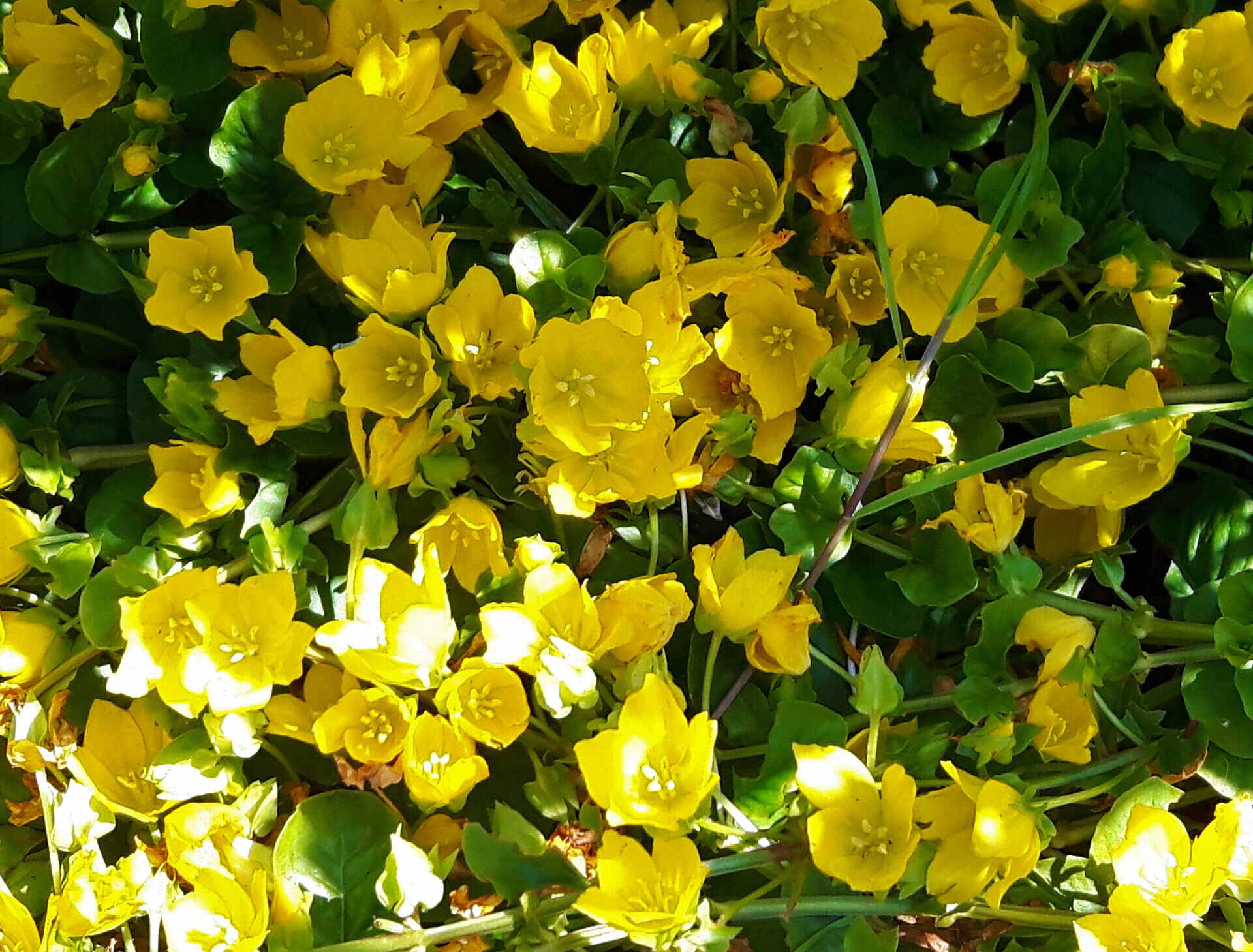
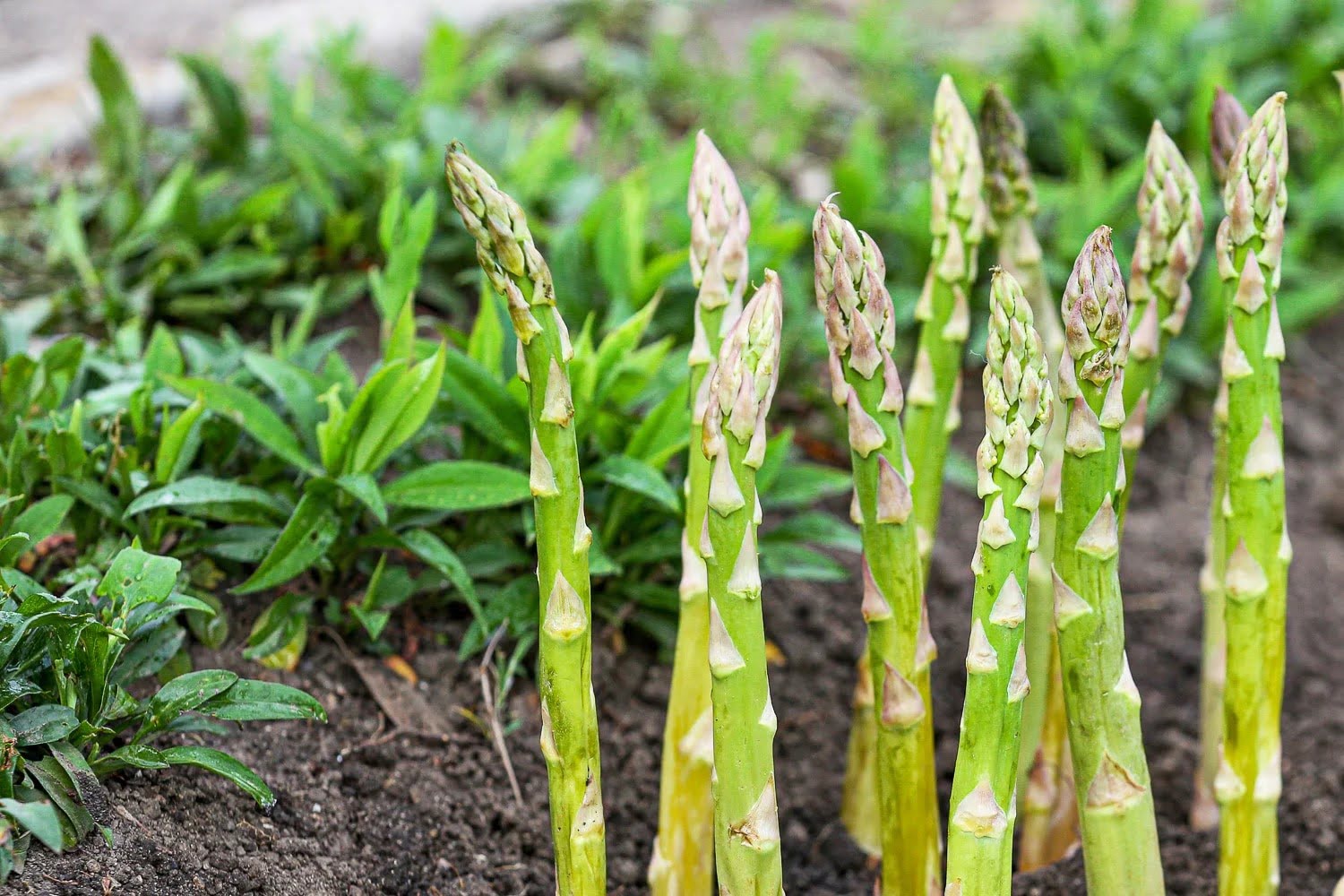
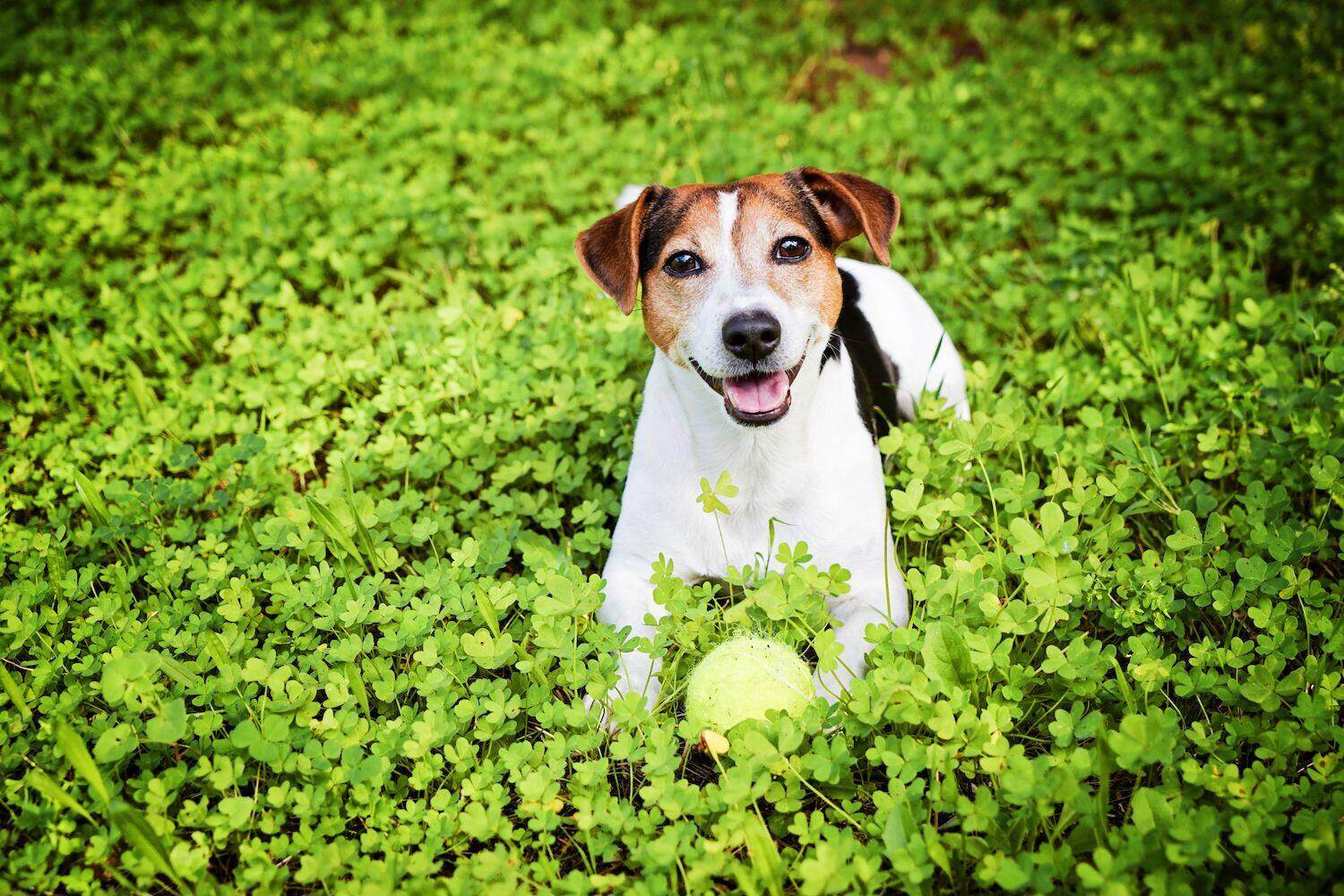

0 thoughts on “What Is The Best Ground Cover For Northern Florida”